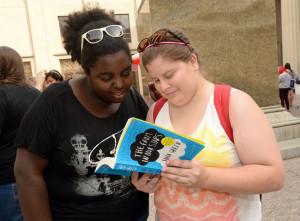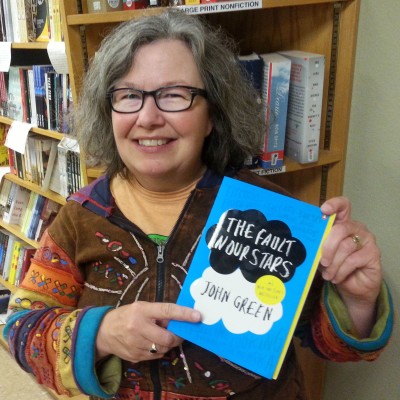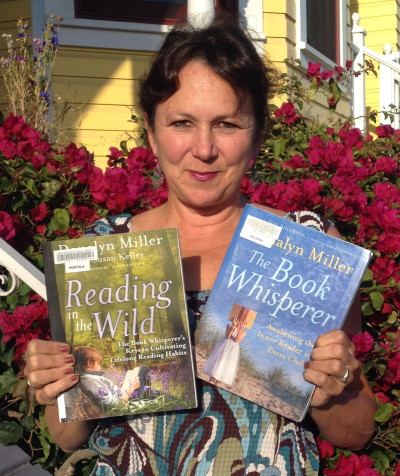These are boom times for anyone who reads. There are so many great books out there that it helps to have a way to narrow down your choices, while at the same time, getting out of your usual reading habits. If you’re a parent, there’s an added wrinkle; your children may be reading books that you haven’t read, but would enjoy. Moreover, if you’re reading the same books as your children, that gives you a chance to demonstrate that reading is not a solitary experience. When you read a book, you’re connected with everyone else who has read that book. If you’re related, that gives you something to talk about.
This was brought to mind when my sister-in-law, an English teacher in southern California, told me that the book they could not keep in her library was Fight Club by Chuck Palahniuk. No matter how many copies they bought, they’d eventually be checked out but not returned. That makes Fight Club a serious first suggestion as back-to-school reading for parents. Only time will tell if Tyler Durden ends up being the Holden Caulfield for the 21st century, but Palahniuk’s novel speaks directly to the rebellious spirit in any teenaged boy, as well as to his middle-aged father. The prose anticipated the how-to and maker speak so common on the Internet today, and Palahniuk’s tale of cubicle rebellion seems pertinent to both students and their parents. Buy one, hang on to it and read for yourself, then see if your teenager doesn’t make it disappear. It helps that most of the best lines in the movie come directly from the novel. For parents, the first rule of Fight Club is buy the book. Everything else will take care of itself.
I made a few phone calls to school districts and teachers in northern California to hear what their students are reading. These recommendations demonstrate the range of what’s out there and what’s important to students and teachers.
Veronica Daley Zaleha, Teacher Librarian at Santa Cruz High School says, “[We} can’t keep The Fault in Our Stars by John Green on our shelves! Since being made into a movie, its popularity has increased, and that’s a good thing! Students reading TFIOS are demonstrating a taste for writing that is compassionate and funny, filled with rich language and smart literary references. The story of Hazel and Augustus, two star-crossed lovers who meet at a support group for teens with cancer, is honest and realistic without over-sentimentalizing. Hazel measures her life in half-years, and Augustus is determined to live a life that is significant, worthy of being remembered. If the story of two kids with cancer isn’t heartbreaking enough, any parent will appreciate the recognition Hazel expresses in the first chapter: “There is only one thing in this world shittier than biting it from cancer when you’re sixteen, and that’s having a kid who bites it from cancer.” Without being maudlin, this story takes us on an excellent adventure with these two likeable characters. Green is a tremendous author with a following of “nerdfighters” who fight “world suck” and #DFTBA. Parents should check out his novels and the crash courses the “vlogbrothers” offer on YouTube!”




